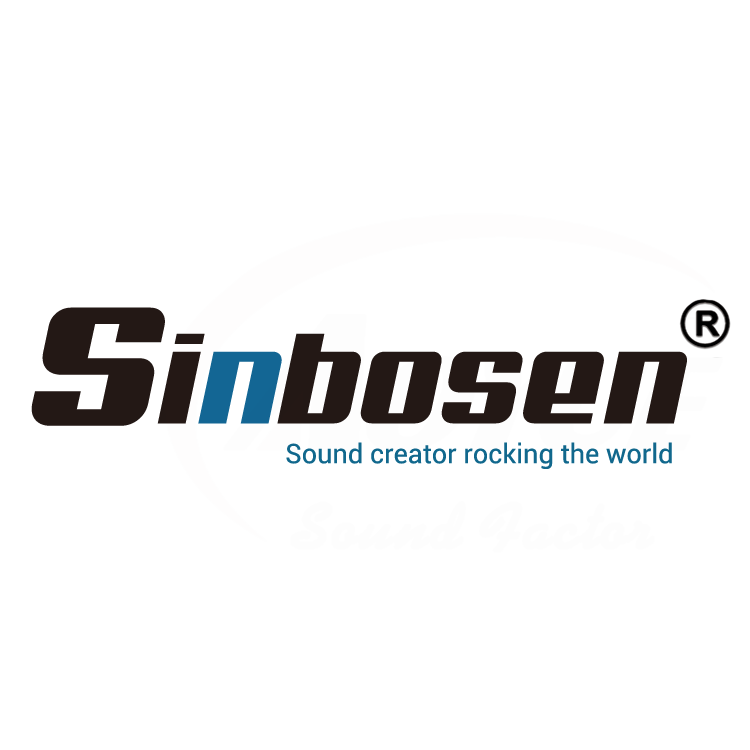Product News
So verwenden Sie K4-450 Digitalverstärker in Mono-Parallel?
: 4780
: 2025-07-31 14:52:35

K4-450 Digital Amplifier can be connected in mono parallel.How to use K4-450 in mono-parallel?
(one input feeds two identical outputs)
Operation as follows:
To identical signal on CH 1 and CH 2
Step 1: Flip the hidden switches to ON
Step 2: Plug your signal into Input 1.
To identical signal on CH 3 and CH 4.
Step 1: Flip the hidden switches to ON
Step 2: Plug your signal into Input 3

Difference between Parallel Mode and Bridge Mode
Parallel Mode
• The two input channels are combined to mono, and both output channels (CH1 & CH2) are driven.
• In Parallel Mode, the audio fed into CH1 is automatically copied to CH2.
• It is rarely used—mainly when you run short of audio cables.
When a pro-sound power amp is switched to Parallel Mode:
• Its output impedance is halved.
• The rated power of one channel doubles, but because the load is shared by CH1 and CH2, each output still delivers the original single-channel wattage.
• Power does not add (e.g., a 100 W×2 amp becomes 100 W×2, not 200 W×1).
Bridge Mode
• Only one audio cable is required; the two channels are merged into a single mono channel.
• Power does add.
• Wiring changes: the loudspeaker is connected across the two “hot” terminals (usually CH1+ and CH2+), with the negative terminals left open.
• Commonly used to drive a single subwoofer.
In Bridge Mode
• The two channels are summed to mono, the output voltage doubles, and the available power rises significantly (e.g., 100 W×2 → 300 W×1).
• The load impedance must be doubled (e.g., 8 Ω minimum per channel → 16 Ω in bridge).
| Mode | Parallel Mono | Bridge Mono |
| Core Principle | Both channels operate in-phase and in parallel; the current output is summed |
Both channels are driven in anti-phase and bridge-tied load (BTL); the voltage swing is summed. |
| Output Power Relationship | Delivered power ≈ 2× the single-channel rating (current capability doubles) |
Delivered power ≈ 4× the single-channel rating (because the voltage swing doubles) |
| Impedance-Matching Rule | Permits halving the minimum load impedance (e.g., 8 Ω per channel → 4 Ω in parallel). |
Requires the load impedance to be doubled (e.g., 8 Ω per channel → 16 Ω when bridged). |
| Load Application / Suitability | Ideal for low-impedance, high-current loads (e.g., dual-voice-coil subwoofers or multiple paralleled cabinets). |
Suited for high-impedance, high-voltage applications (e.g., a single high-power loudspeaker used in long-distance transmission scenarios). |
| Signal Input Method | Only one input signal is required (left input; right channel automatically tracks). |
Needs a differential (balanced) input signal derived from the same source (a dedicated bridge-drive circuit is recommended). |
| Topology Characteristics | Maintains the dual-channel output architecture | Merged into a single drive channel (full-bridge push-pull output topology). |
| Safety Precautions | Total load current must be monitored to prevent sustained low-impedance overload. | Operating without a load or with an incorrectly high impedance is strictly prohibited; a DC-protection module is strongly advised. |
Contact us:
Whatsapp:https://api.whatsapp.com/send?l=en&phnoe=8616676738225
Website:https://www.sinbosenaudio.com/








